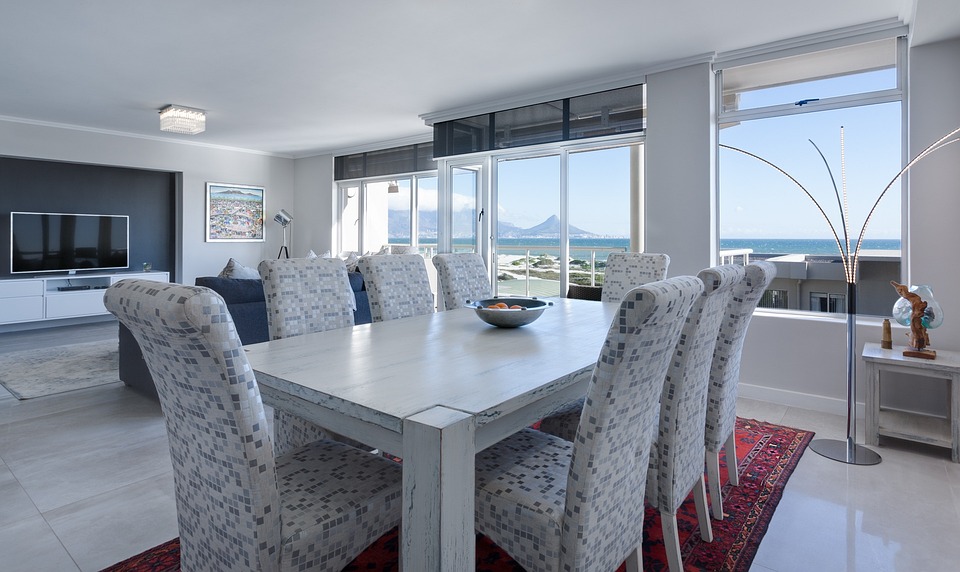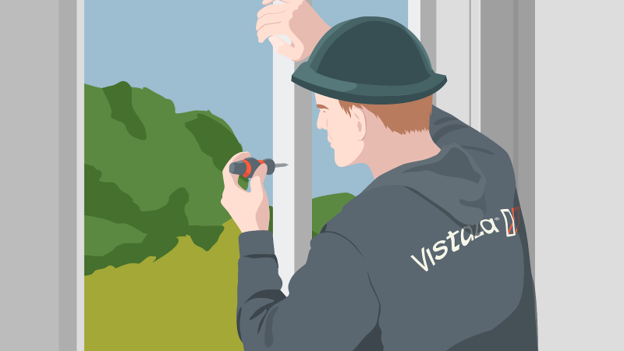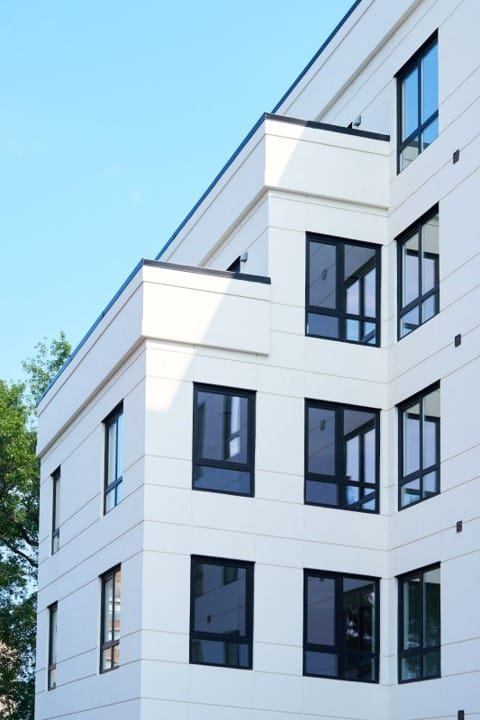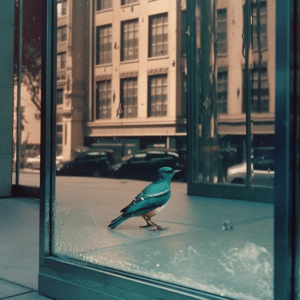
As more attention is being paid to the preservation of bird populations, architects and designers are exploring ways to create bird-friendly spaces and buildings. One important aspect of a bird-friendly design is fewer bird-window collisions through the use of bird-safe glass. In this article, we will explore 10 things you to know about bird glass and its effectiveness in preventing bird collisions.
1. What do birds see when they look at reflective surfaces of building glass?
Glass is an extremely dangerous material for bird life as it is virtually invisible to them. Birds get fooled by its transparent and reflective characteristics — leading to numerous collisions. Birds often perceive the vegetation or sky reflected on the glass surface as being on the other side, leading them to crash into the structures.
The most effective way to reduce these accidents is to create a discernible pattern on the glass. Test methods and the discovery of two to four principles for reducing bird-glass collisions are discussed in our Technical Documentation of Bird-Safe Glass Design.
Here’s a Graph of how migratory birds perceive glass facades, resulting in bird collisions- and how bird-friendly glazing can avoid them, increasing bird safety.
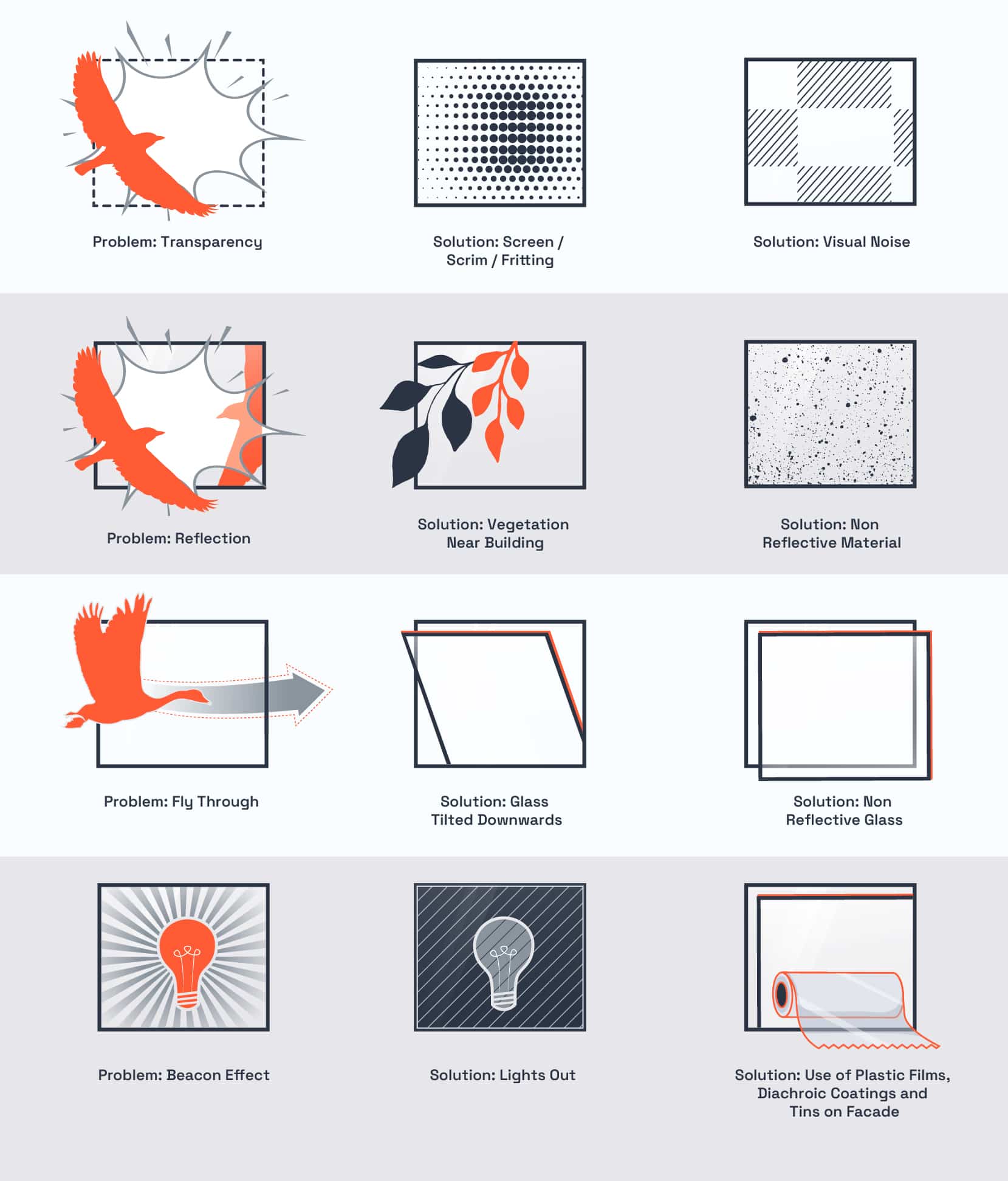
2. What is Bird Safe Glass?
Bird-safe glass refers to glass that has been specially designed to stop birds or prevent birds from hitting windows. It typically features pattern elements such as coatings that make the glass more visible to birds, reducing the likelihood of them flying into it. Such glass aims to strike a balance between maintaining transparency for human visibility, while creating a visual barrier or markers for birds.
3. How Does Bird Safe Glass Work?
Bird-friendly glass works by altering the appearance of the glass surface to make it more visible to birds. This can be achieved through various methods such as patterns such as fritted glass, angled glass, or the application of UV reflective coatings. The goal of bird habitat protection glass often is to create patterns or barriers that birds can easily detect and avoid
4. Fritted Glass Windows: Are they bird friendly?

Fritted glass windows feature a pattern of closely spaced dots of opaque glass fused on the outer surface. These dots make the glass highly visible to birds while still allowing humans to see through them. Fritted glass is an effective option for creating bird-friendly windows without compromising the view.
5. Angled Glass: How is it Bird-friendly
Angled glass refers to windows that are positioned downward at an angle of around 20 degrees. This angling helps to reduce the reflections of the sky and surrounding trees on the other side of the glass surface, making it less confusing for birds to fly through. By minimizing reflections, angled glass can contribute to minimizing bird-window collisions.
6. UV Reflective Coatings: An effective solution to Bird Window Collisions
One effective coating for bird-friendly glass is a UV reflective coating. Birds can see ultraviolet light, which is invisible to the human eye. By applying a UV reflective coating to the glass, it becomes highly visible to birds while appearing nearly invisible to the blinds and humans. This coating helps birds recognize the presence of glass and avoid collisions.
7. The Role of the American Bird Conservancy (ABC)

Image: We asked our Artificial intelligent friends for a picture of the American Bird Conservancy
The American Bird Conservancy (ABC) is an organization dedicated to conserving native birds and their habitats. The ABC has done research and developed guidelines and standards for bird-friendly materials, including glass. They define bird-friendly materials as those with a threat factor of less than 30, corresponding to a reduction of collisions by at least 50 percent. For legislation and Requirements in the United States, see our Guide on Bird Safe Glass Legislation in the United States.
8. What is the Bird-Safe Glass Threat Factor
The Threat Factor is a scoring system developed by the ABC to measure the effectiveness of bird-friendly materials. It assigns scores that reflect birds’ ability to see and avoid patterned glass and other materials. In a conservative manner, the ABC defines bird-friendly material as having a threat factor of less than 30, resulting in a minimum 50 percent reduction in collisions when birds fly by architectural glass. The lower the Threat Factor, the more effective the material is at reducing bird collisions. Architects can use these scores to design buildings with bird-friendly glass.
9. Factors Affecting Bird Collisions
Several factors influence the rates of bird collisions with buildings. Building design, especially the amount of glass used, plays a significant role. Mirrored glass, often used intentionally to blend with the building glass surroundings, can be particularly deadly to birds. Building size and orientation also affect collision rates, as well as the building’s location relative to migration stopover sites and regional ecology.
10. Bird-Friendly Glass and Light Pollution
Bird-friendly glass can be designed to reduce light transmission at night, minimizing the amount of artificial light emitted from buildings and cities. This can be achieved by using low-emissivity coatings that limit the amount of light passing through the glass. By reducing light transmission, bird-friendly glass helps maintain natural darkness and prevents birds from being attracted to or confused by artificial lights.
11. Other Methods for Bird Collisions Prevention

In addition to bird-safe glass, other methods can help prevent bird collisions. Screens and nearly invisible netting can be installed to protect birds. Overhangs, curtains and awnings can reduce reflections and block glass from birds’ view. Angled glass, patterns on glass, and the use of opaque or frosted glass are also effective measures. Window films, decals, and tapes can be applied to entire window to create visual markers for preventing bird collision.
Conclusion: There is more than one way to create bird-friendly buildings
The choice of bird-safe glass barrier solutions largely depends on the visual experience of the building. The transparency of bird-safe glass reduces when lines are more visible by humans.
In conclusion, both bird strikes and collisions with glass pose a significant threat to avian populations worldwide. However, the use of bird-friendly glass in building design can greatly reduce these collisions and contribute to bird conservation efforts.
By incorporating features such as patterned glass, fritted glass, external shading devices and shades, and UV-reflective coatings, architects and designers can create safer environments for birds without compromising aesthetics or functionality.
Additionally, bird-safe glass can also address the issue of light pollution by reducing light transmission and directing light downward. By adopting a comprehensive approach that combines bird-safe glass with responsible lighting practices, we can promote the coexistence of birds and urban development while preserving their natural habitats.

